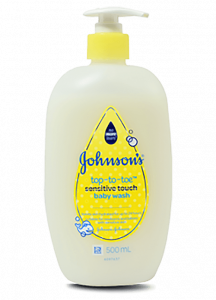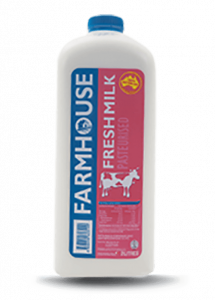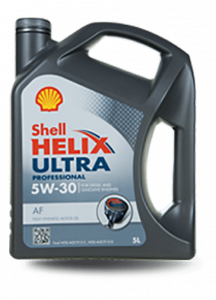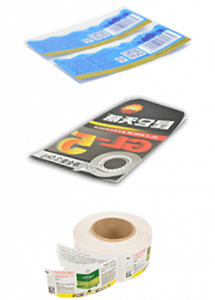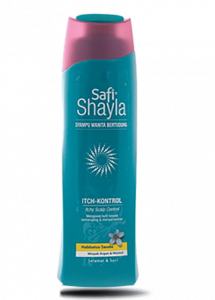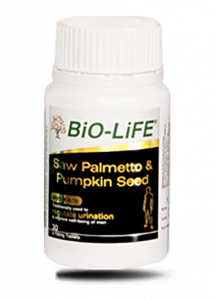
label







label




label


label



Combination Printing
A label printing press in which the printing heads or color stations can be, or are, made up of more than one printing process. In Komark, we equipped ourselves with the most advanced combination press and we are capable to print UV Flexography, silkscreen, lamination, cold or hot foiling, special die cut and variable data.
Combination process presses provide the benefits of more than one printing technology into one production line, offering for example, the solid color coverage of screen with the halftone printing quality of flexo.

UV Flexography
Flexography is a rotary relief printing process in which ink is applied to the raised surface of an image on a flexible printing plate and, from here, to the surface of a label or flexible packaging substrate.
Narrow-web flexography printing is the most widely used label printing process worldwide for the production of self-adhesive label. Komark uses the up-to-date flexography technology for our customers and ensure the highest quality produced from our machines.

UV Letterpress
Letterpress printing uses photo-sensitive polymer plates onto which an image (ink carrying area) is produced by photographic or direct imaging plate-making techniques.
During the printing process, the raised surface is rolled with a sticky ink and the inked image then transferred to the label substrate under pressure. Currently Komark uses UV letterpress for low to medium volume or simple label design to ensure the cost is competitive for our customers.

UV Silkscreen
Today, silkscreen is mainly used for the production of self-adhesive labels for cosmetics, toiletries, pharmaceutical and outdoor applications. This is commonly found in a UV Flexographic combination press.
The screen process has the ability to print a smooth, controllable thick layer lay-down of ink and to provide durable, high quality labels where good ink coverage required for resistance to weather, moisture, chemicals and abrasion. Besides, it prints a good opaque white image, something which other label printing processes find it difficult to achieve.

Digital Printing
Being a digital label sticker supplier, we find the main advantage of digital printing technology compared to traditional technology is digital printing technology has the capability to print variable data with excellent printing quality consistently.

Cold Foiling
Cold foiling process is a recent development of foil printing (Hot Stamping) in which a print unit is used to print a special adhesive on the label web in the area where metallic effect is required.
When the metallic foil is brought into contact with the adhesive, it adheres to it to produce the metallic effect on the label. The advantages of having cold foiling over hot stamping are lower cost and easier to setup.

Hot Stamping
A dry printing process which uses very thin aluminium foil in a variety of metallic colors – such as gold, silver, red or blue. Hot foil printing is achieved by transferring the colored metallic pigment coating from a ribbon of plastic material known as the carrier onto the surface of the label material to be printed using a metal printing plate which bears the image to be hot-foiled (heat transfer).

Lamination
A clear plastic film applied to a web of labels by heat or adhesive to provide an enhanced, glossy or matt, appearance or for protection. Film laminates are more expensive than liquid coatings/varnish, but generally give a brighter gloss and better protection.


